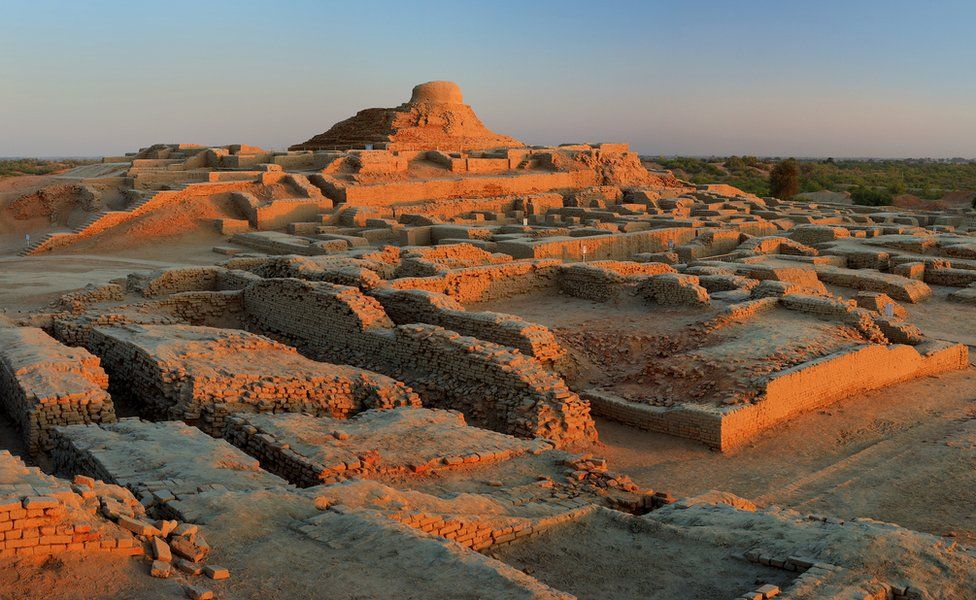Pakistan's lost city of 40,000 people
LOST CIVILISATIONS | ARCHAEOLOGY | PAKISTAN | ASIA

(Image credit: Nadeem Khawar/Getty Images)
By Samantha Shea
14th November 2022
In the dusty plains of present-day Sindh in southern Pakistan lie the remains of one of the world's most impressive ancient cities that most people have never heard of.
A slight breeze cut through the balmy heat as I surveyed the ancient city around me. Millions of red bricks formed walkways and wells, with entire neighbourhoods sprawled out in a grid-like fashion. An ancient Buddhist stupa towered over the time-worn streets, with a large communal pool complete with a wide staircase below. Somehow, only a handful of other people were here – I practically had the place all to myself.
I was about an hour outside of the dusty town of Larkana in southern Pakistan at the historical site of Mohenjo-daro. While today only ruins remain, 4,500 years ago this was not only one of the world's earliest cities, but a thriving metropolis featuring highly advanced infrastructures.
Mohenjo-daro – which means "mound of the dead men" in Sindhi – was the largest city of the once-flourishing Indus Valley (also known as Harappan) Civilisation that ruled from north-east Afghanistan to north-west India during the Bronze Age. Believed to have been inhabited by at least 40,000 people, Mohenjo-daro prospered from 2500 to 1700 BCE.
"It was an urban centre that had social, cultural, economic and religious linkages with Mesopotamia and Egypt," explained Irshad Ali Solangi, a local guide who is the third generation of his family to work at Mohenjo-daro.
More:
https://www.bbc.com/travel/article/20220704-a-mysterious-cult-that-predates-stonehenge
